UVI Waverunner is a retrospective bundle with a focus on wavetable synthesis, consisting of seven high-quality sample-based virtual instruments with more than 600 editable sounds
The music tech world has never been as rich as in 2020. We have a lot of hardware and software. New products are added every day, others disappear. However, I also keep an eye on older software. I’ll give you here a review of UVI WaveRunner, a product from 2013. The bundle feature different virtual instruments based on vintage wavetable Synthesizer sounds. They are loadable in the free UVI Workstation and Falcon 2 Synthesizer.
UVI has sampled numerous hardware synthesizers in detail and built various instruments from them. It includes sounds from the legendary PPG Wave 2, Wave 2.2, Wave 2.3, Waveterm, WaveComputer (360 computer), 390 Drum Unit, Waldorf Microwave XT and more.
Overview
Waverunner basically consists of seven virtual instruments or “modules”, each with its own vintage synth inspired GUI’s and presets. They are based on over 30.000 high-quality samples and mostly share the same feature set. Don’t be surprised if the instruments look like a shrunk version of the PPG Wave 2 or Waldorf Microwave XT. 685 ready-to-use presets were created from the sampled sounds. Unfortunately, there is no access to individual samples, so you are limited to the factory presets.
In WR there is no classic wavetable synthesis, i.e. no scanning or morphing. Samples are the main material that can be edited here. Except WaveRunner X allows really detailed work with different waveforms, the other modules are mainly based on samples. So a kind of romplers with advanced functions that are particularly interesting for composers and players who need ready-to-use sounds. Users who want to dive deep into sound designs are wrong here. You can create your own sounds, but only with a limited sonic spectrum.
Presets can be edited in every instrument with numerous parameters: two ADSR envelopes (filter, amp), multi-mode filter (LP/HP/BP), stereo spread, pitch, multi-wave LFO, sub-oscillator (clean/dirty) and a wide range of effects including drive, phaser, delay, reverb, and ensemble. Further, it comes with a modulation sequencer that allows you to modulate parameters like the cutoff frequency of a patch. Instruments often share the same feature set here, which makes it very easy to switch from one instrument to another.
Sound Content
Let’s start with the WaveRunner 2.0 and 2.3, which are based on the legendary wavetable Synthesizer PPG Wave 2.0 and 2.3. Each virtual instrument is independent and has samples from the respective hardware Synthesizer including many presets. As already mentioned, the limitation lies in the available presets and their possibility to be modified. Available are arp-chord-step, basses, bells, mallets, hybrids, keyboards, leads, pads, polysynths, string and choir sounds. Many of these presets have the lovely cold, gritty but unique character of PPG synths.
In the test, I noticed that the factory samples and presets sound like a PPG Wave 2.0 / 2.3. However, if you start using filters, modulation sequencers or effects, the presets lose a bit the authenticity of the originals. Composers as well as players have the most fun with the sounds, but also musicians who are looking for exactly these PPG sounds.
WaveRunner 360 relies on samples from the super rare PPG 360 Wavecomputer, the first instrument produced featuring wavetable synthesis by Wolfgang Palm. Same as the original, this virtual instrument comes with 30 wavetables and the original 100 presets (bass, arp, leads…). The rather rough and cold sounds that we love from PPG Synths also dominate here. But also the same observation: the more you change it, the further it sounds like PPG 360. This is because the filters and effects are not modeled after these synths but are part of the UVI engine (Falcon).
WaveRunner Terminal D is a virtual drum machine that is inspired by the PPG Waveterm Computer station. Terminal D falls out of the interface grid here. Instead of a Synthesizer layout, it comes with an 8 track drum sequencer where you can select one sound per track and program 16 step patterns. Track 1+2 contains bass/snare/clap/rim, 3+4 hi-hats, cymbals, 5+6 toms and 7+8 percussions.
For each track, it offers gain, pan, tune as well as a filter with LP/HP characteristics. So a completely different design than the other instruments. The presets sound very authentic and pleasantly dirty/lo-fi. With the mod-wheel, you can add a bit-crushing effect which makes the sounds even dirty.
WaveRunner Terminal U has almost the same design as Terminal D but is based on 3 synth phrases with 16 steps. Each phrase offers pitch, velocity, repeats and longer releases on the steps. Handy is here that the samples can be exchanged and can, therefore, be very flexible. A bit-crushing effect can also be activated via the mod-wheel with which you can reinforce the grid character found in these vintage instruments. Plus, you can add a delay, filter, and reverb for each track.
One of the instruments that offer more flexibility is the WaveRunner X, which is almost a complete subtractive Synthesizer with two layers. The interface looks like a Waldorf MicroWave and uses selectable waveforms from the PPG Wave in its oscillators. So you are not forced to use only presets as a starting point. Thanks to the two-layer engine, the sound potential is significantly larger here and the sound sounds fatter. Unfortunately, the presets do not sound very vintage but rather modern that goes up to dubstep. PPG and dubstep, a pretty weird mix or?
WaveRunner Orange
The last instrument in the bundle is the WaveRunner Orange which is strongly based on the Waldorf Microwave XT from 1998. It has nearly the same parameter set as the other instruments but is equipped with different sample material. Here I have to admit that many factory presets do not sound like the Microwave XT. I think the UVI engine has changed the actual cold Waldorf sound too much. The presets sound good, but they only occasionally show the classic Waldorf sound.
Final Review
All in all, the 7 libraries from the UVI WaveRunner bundle were convincing, although sometimes they did not perfectly reflect the original synth. I actually really like the UVI libraries because they are very easy to use, have many authentic sounds and consume little CPU compared to classic soft synths. The bundle has many catchy sounds that show how unique these early wavetable synths sounded.
Some virtual instruments are particularly good (2.0, 2.3, Terminal D…) other less perfect (Orange, X ). This is due to two points: some sounds are wrongly designed (sorry UVI) and others take on too much character from the UVI engine (filter, etc.) But you have to keep in mind that these libraries are 7 years old and in the past years UVI libraries have been getting better and better in terms of authenticity. I think it’s time for a WR 2 bundle with new GUIs where you can change the oscillator sounds and more. Deal UVI?
Nevertheless, UVI WaveRunner has many beautiful sounds that composers and keyboard players are happy about. Especially those who dream of PPG synths but cannot afford them.
Pro
- sound quality
- authenticity
- simple interface layout
- number of presets (685)
Neutral
- library from 2013 vs. price
Contra
- many instruments are limited to presets (no oscillator changes)
- some presets don’t sound like the vintage synths (sound vs. graphical representation)
UVI WaveRunner is available now for 199€ from the official website. It requires the free UVI Workstation or Falcon Synthesizer and an iLok account (dongle not required). WaveRunner is also part of the Vintage Vault 3 collection.
Available at our partner

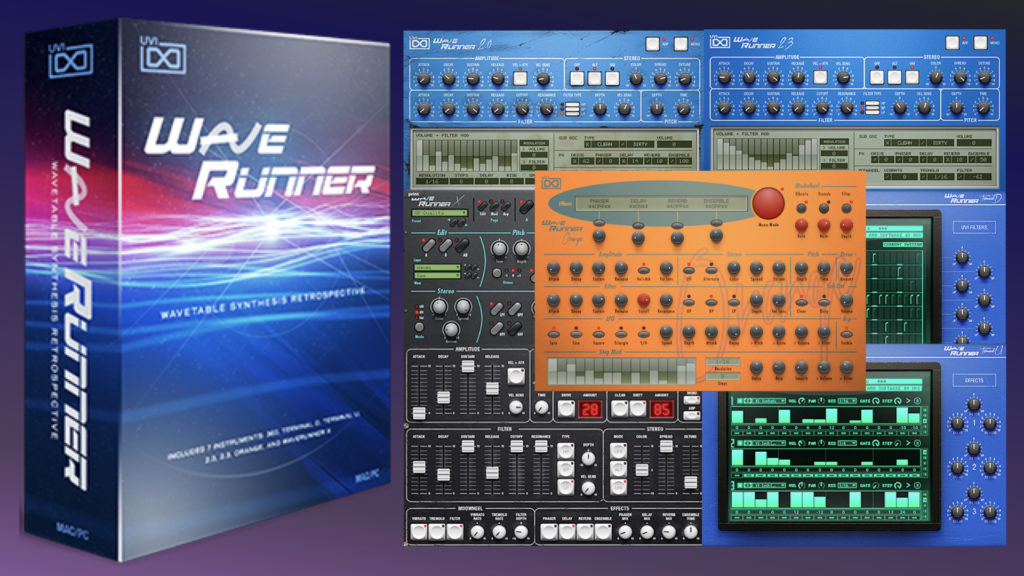
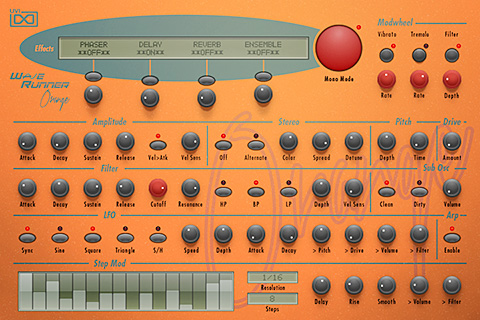
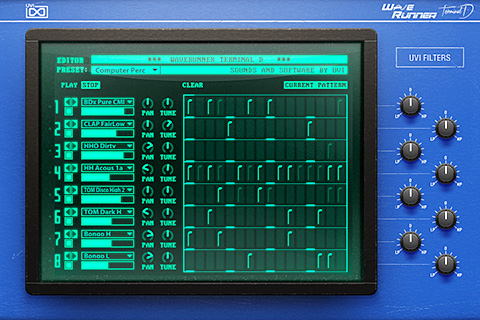
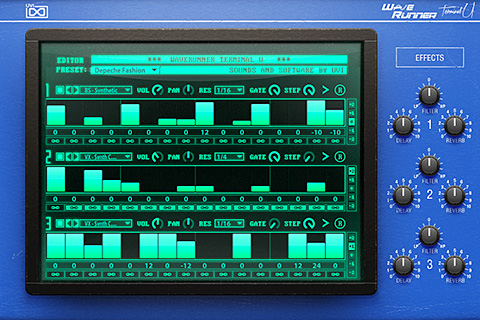
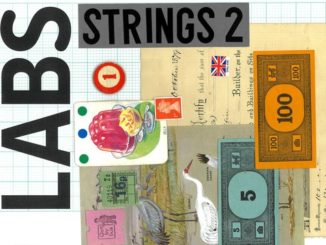
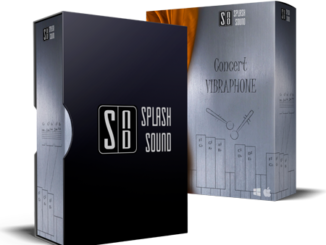
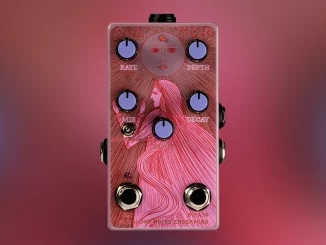
Be the first to comment